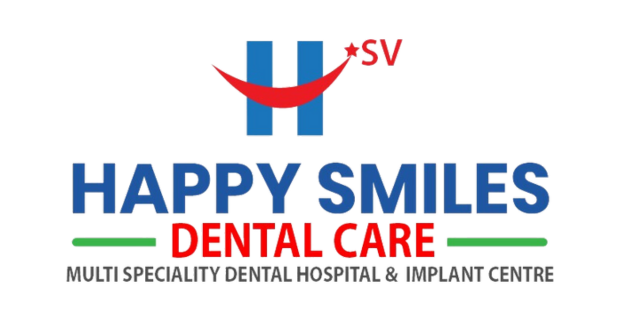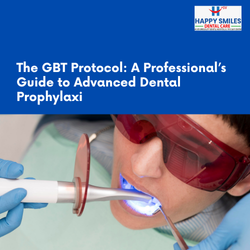GBT Protocol
Guided Biofilm Therapy (GBT) represents a significant evolution in professional dental hygiene, moving beyond traditional methods to a systematic, predictable, and evidence-based approach. It is not just about using new instruments; it is a complete clinical protocol for effective dental biofilm management, designed to improve both patient comfort and long-term oral and systemic health outcomes. This article delves into the core principles and eight-step protocol that make GBT a game-changer for modern dental practices.
The Scientific Imperative: Biofilm and Systemic Health
Dental biofilm is the primary etiologic factor for the most common oral diseases, including caries, periodontitis, and peri-implant infections. What is less commonly known is the profound link between oral and systemic health. Scientific studies have shown that periodontitis can increase the risk of serious systemic diseases such as cardiovascular and respiratory disease, arthritis, and diabetes.
Preventing these conditions begins with effective biofilm control. GBT is founded on the principles of preventive dentistry established by Axelsson and Lindhe in the 1970s and adheres to the current recommendations from the European Federation of Periodontology (EFP) for Professional Mechanical Plaque Removal (PMPR) and Oral Hygiene Instructions (OHI). By focusing on the removal of the biofilm itself, GBT provides a robust foundation for a successful prevention strategy.
The 8 Steps of the GBT Protocol
The GBT protocol is a structured, systematic process that leverages state-of-the-art AIRFLOW, PERIOFLOW, and PIEZON technologies. Here is a breakdown of the eight essential steps:
- 01. Assessment and Infection Control: A thorough clinical case assessment is performed, including an initial rinse with a specialized mouthwash. This step evaluates teeth, gingiva, periodontal tissues, implants, and peri-implant tissues to formulate a personalized treatment plan.
- 02. Disclose: The use of a disclosing agent is a cornerstone of GBT. By making the biofilm visible, it guides the clinician to precisely where treatment is needed. This step is crucial for efficient and targeted removal, and it makes the detection of remaining calculus easier.
- 03. Motivate: This is the patient education step. Clinicians use the disclosed biofilm to highlight problematic areas, raise patient awareness about oral hygiene, and provide tailored instructions for home care. The goal is to empower patients to maintain their oral health effectively between appointments.
- 04. AIRFLOW MAX: This step involves the gentle and comfortable removal of biofilm, stains, and early calculus. The AIRFLOW MAX device uses AIRFLOW PLUS Powder (14 μm) for supragingival and subgingival cleaning up to 4 mm on natural teeth, restorations, implants, and soft tissues.
- 05. PERIOFLOW: For deeper periodontal and peri-implant pockets (greater than 4 mm and up to 9 mm), the new slimmer PERIOFLOW Nozzle is used with AIRFLOW PLUS Powder to ensure thorough and safe biofilm removal.
- 06. PIEZON PS: Only after the biofilm is fully removed is remaining calculus addressed. The minimally invasive EMS PS instrument is used to remove calculus supra- and subgingivally up to 10 mm. This method is highly precise, reducing the need for traditional hand instrumentation.
- 07. Check: The final check ensures the complete removal of biofilm and calculus. This is also the time to accurately diagnose any new caries. A fluoride application and AIRFOAM are applied to leave the patient with a fresh, smooth feeling.
- 08. Recall: A patient’s recall frequency is scheduled based on their risk assessment. This continuous, personalized approach is essential for long-term oral health maintenance.
The Benefits of a GBT-Focused Practice
Beyond the clinical benefits, GBT offers a number of advantages for a dental practice. It provides a highly comfortable patient experience, which can increase patient satisfaction and retention. The efficiency of the protocol and the minimal use of hand instruments can also optimize chair time. GBT is a versatile tool that can be used across various disciplines, from orthodontics to implantology, making it a valuable asset for any dental professional committed to providing the highest standard of patient care.



 Users Today : 7
Users Today : 7 Users This Year : 1314
Users This Year : 1314 Views This Year : 1728
Views This Year : 1728
